It was fitting that Donald Roeblings father used the term bridge the gap in his suggestion.
Engineering was in the Roebling DNA.
Donald would construct his part of the family legacy in Clearwater, Florida.
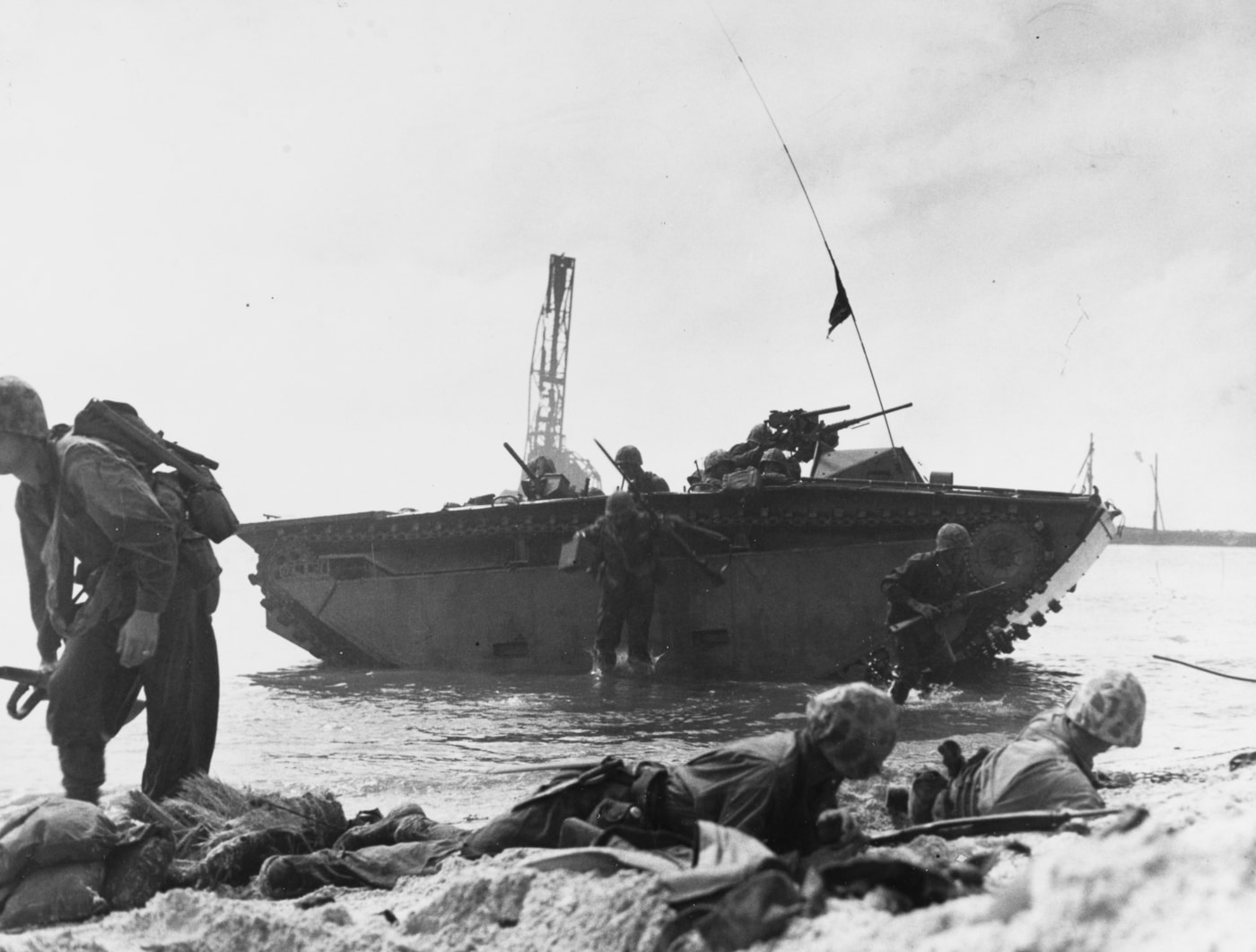
Fourth Division marines come ashore under fire on Namur Island, Kwajalein Atoll in February 1944. They are debarking from a LVT-2 amphibious tractor (AMTRAC). Image: U.S. Navy
Donald Roebling began constructing prototypes for his Alligator and had a functional platform completed in 1935.
Components were also built in a secondary shop in the neighboring town of Belleair.
The initial challenge was the material used for the waterproof hull.
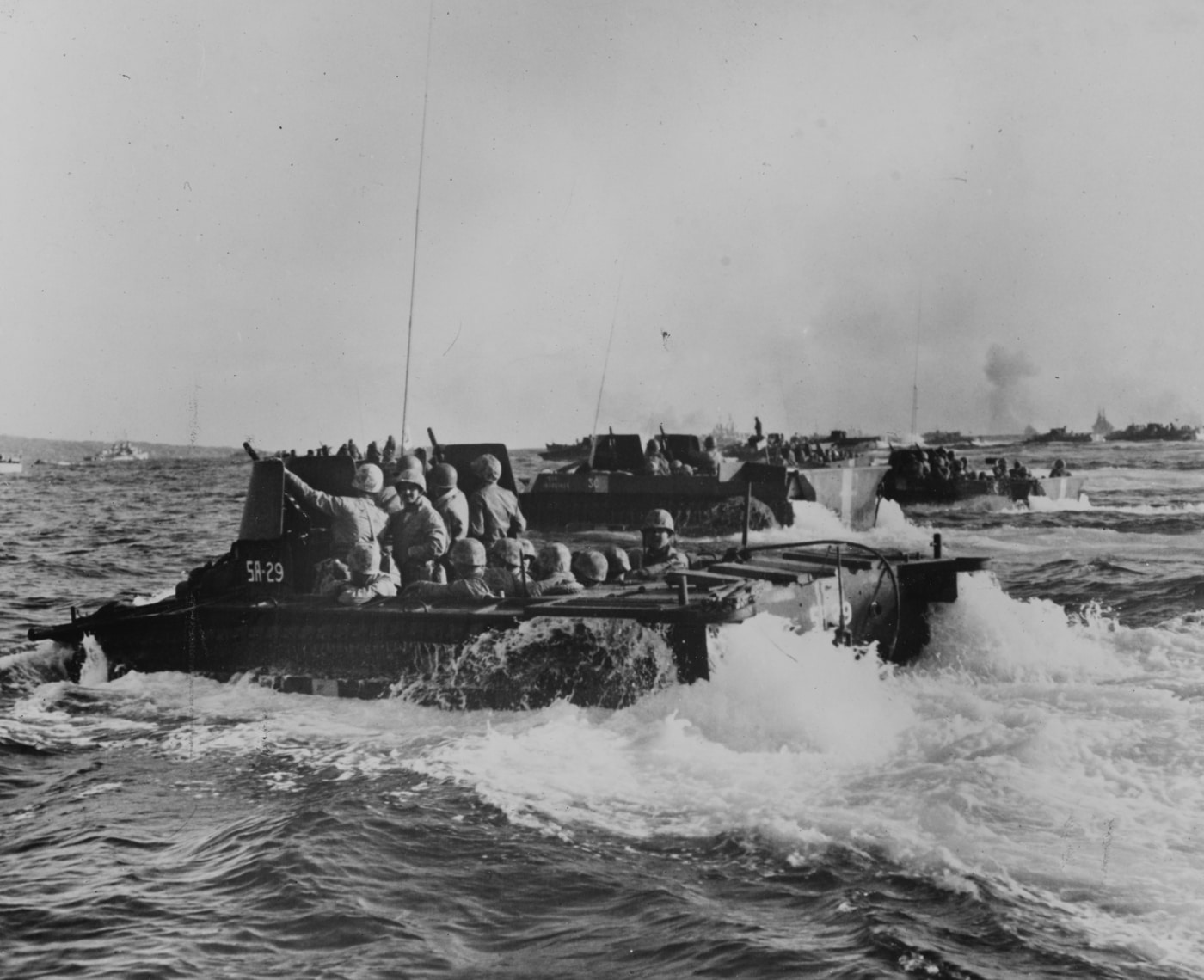
Echelons of AMTRACs churn their way toward theinvasion beach of Iwo Jima. LVTs evolved during the Pacific War, but all originated from the Roebling Alligator. Image: U.S. Coast Guard
Roebling settled on duralumin, an alloy of aluminum.
It was lighter than steel, yet strong enough for the boxy structure.
Roebling had to explore methods for working with this new material for the Alligator.
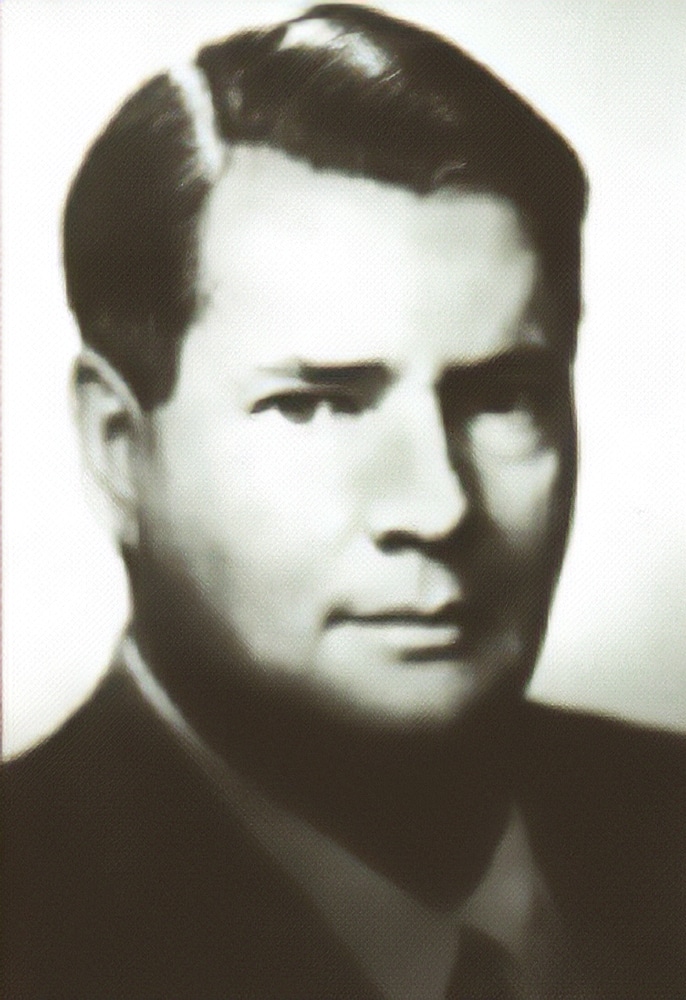
Donald Roebling was an American philanthropist and inventor. He is most famous for inventing the Landing Vehicle Tracked. He was the great-grandson of John Roebling, who built the Brooklyn Bridge.
By 1937, the Alligator was in its fourth iteration.
All prototype testing was done near Clearwater at the waterfront bluffs in Belleair, Honeymoon Island, and Dunedin.
The Marines had tested a Christie amphibious light tank in 1924 but found it unsuitable for rough seas.
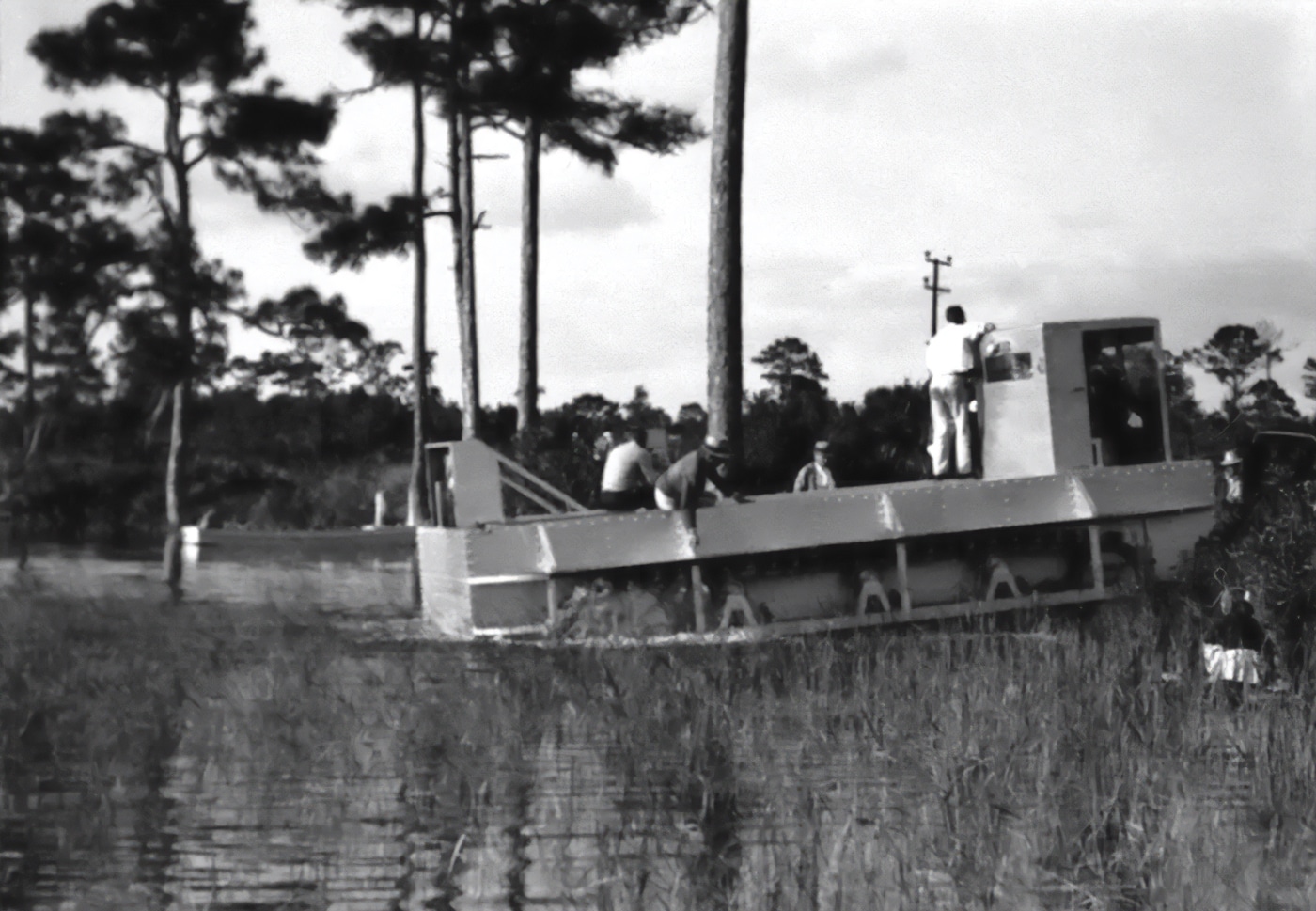
An original Roebling Alligator design undergoes testing in Florida.At this point in the development process, it does not yet look like the LVTs ultimately used by the U.S. Marines. Image: DoD
Included were photos of the AMTRAC being put through its paces.
In February 1938, the Marine Corps sent a letter of interest to Roebling.
Mere weeks later, Marine personnel were scrutinizing the Alligator.
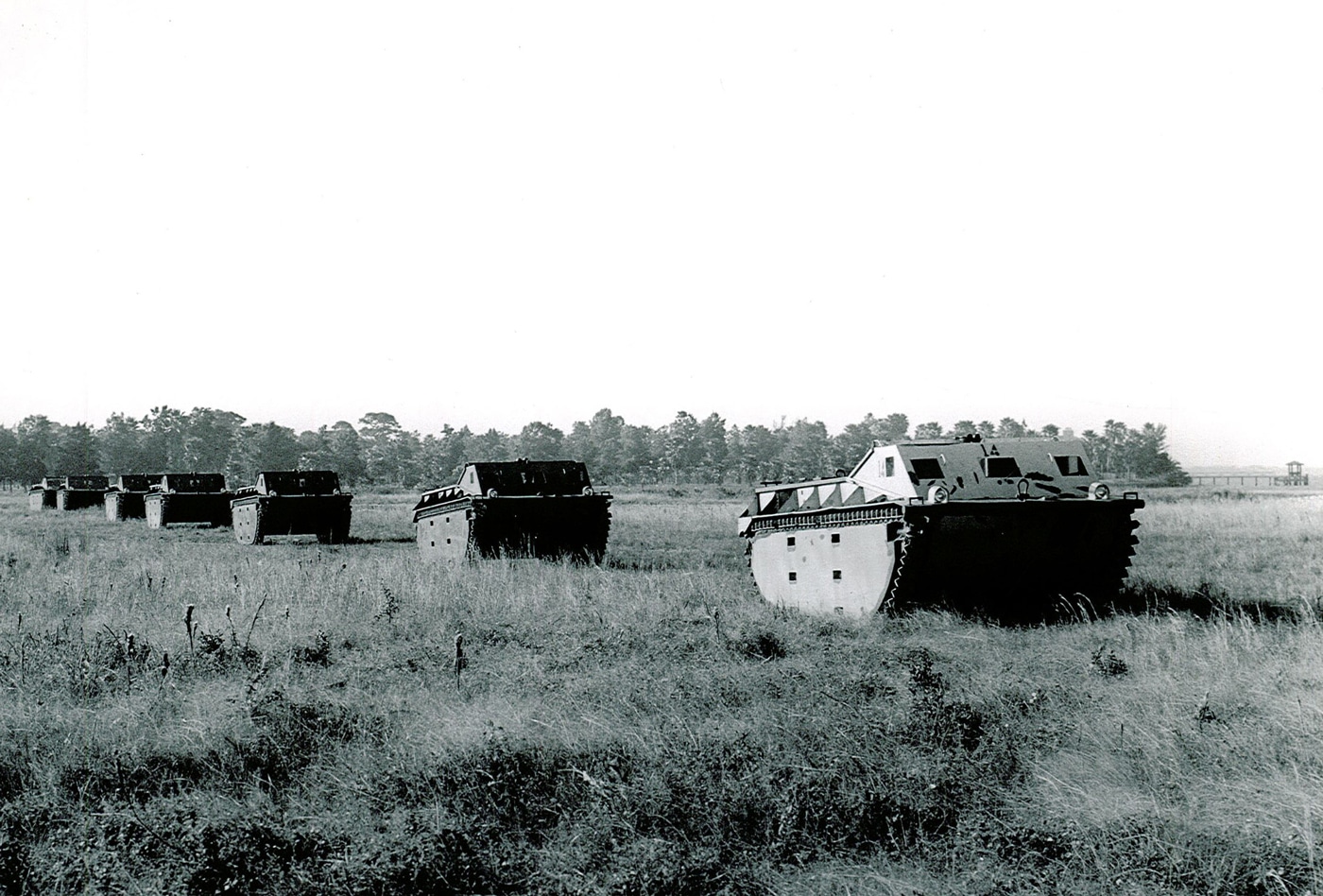
Early testing of the Roebling Alligator in Dunedin, Florida. Developed for humanitarian rescue missions, the Alligator would go on to become a valuable wartime tool. Image: DoD
The Department of the Navy contracted with Roebling on February 22, 1940, to build 200 Alligators.
The price would be 3.3 million dollars.
Roeblings original Mercy Machine had proof of concept.
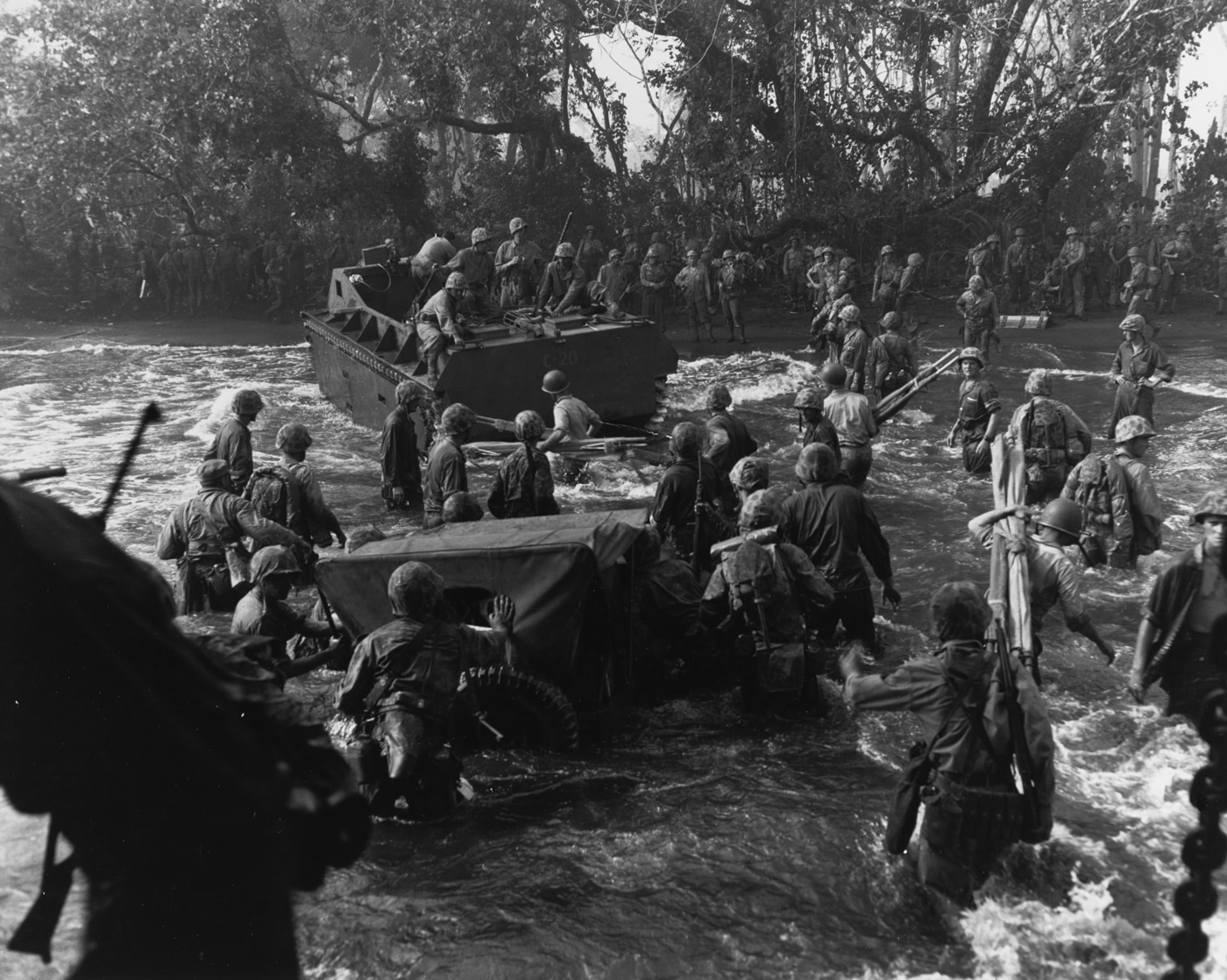
U.S. Marines and Coast Guardmenlanding on Cape Gloucester, New Britain in December 1943. An LVT-1 leads the way as some men carry stretchers and others push a jeep toward the beach.
The LVT-1 joined combat at the Battle of Guadalcanal in 1942.
Many variations of the LVT would follow and serve with distinction during the war.
Even the current Marine Corps AAV, Assault Amphibious Vehicle, is a descendant of Roeblings original requirements.
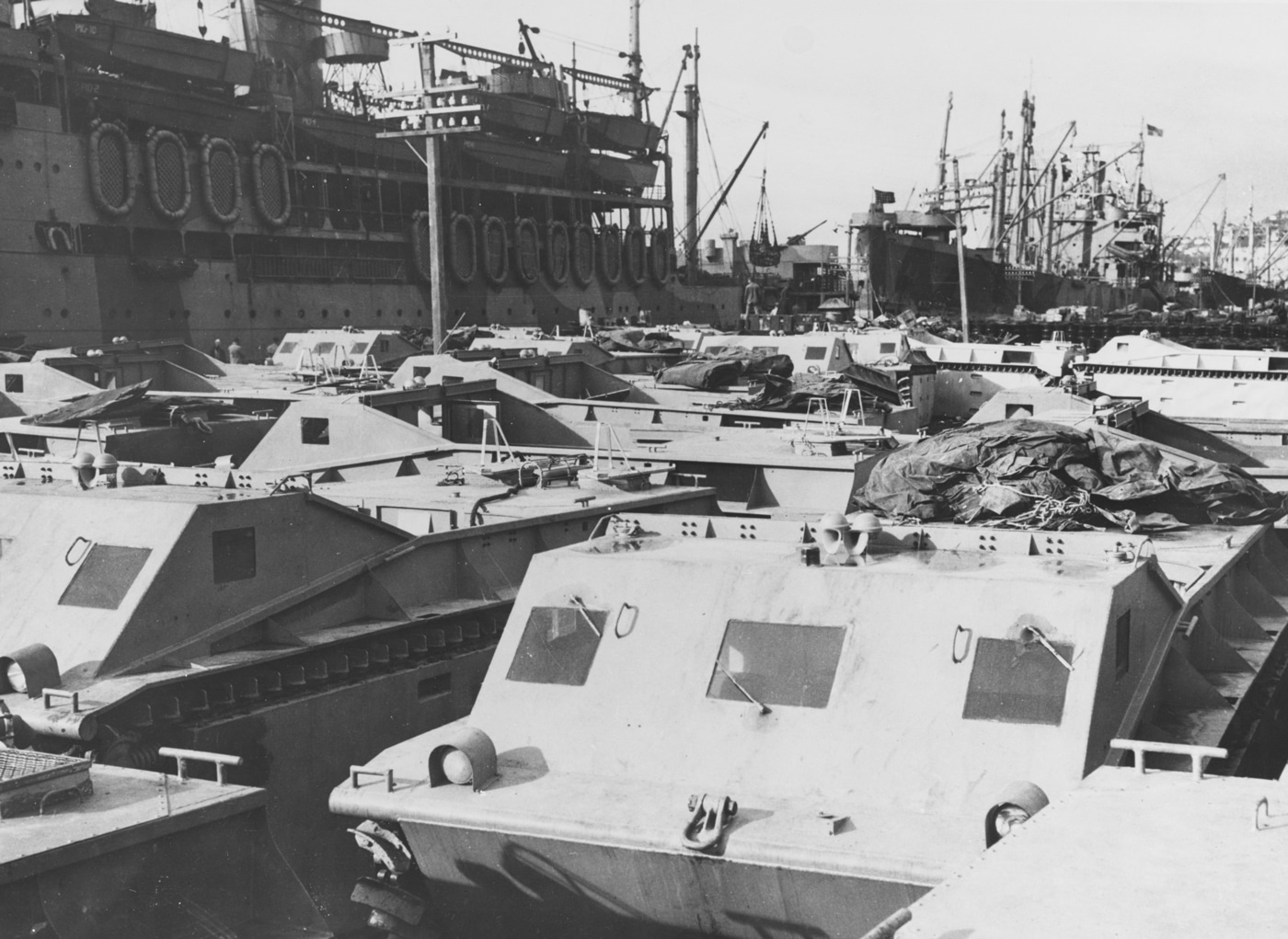
U.S. Marine Corps LVT-1 amphibian tractors on the dock at Wellington, New Zealand awaiting embarcation on board ships of the Guadalcanal Campaign invasion force. Image: U.S. Navy
More than 18,000 LVTs would be built between 1941 and 1945.
I took a quick drive over and was honored to have some vets take my photograph with Roeblings innovation.
Roebling quietly resumed his amusements of mechanical tinkering, stamp collecting, and HAM radio in the post-war years.
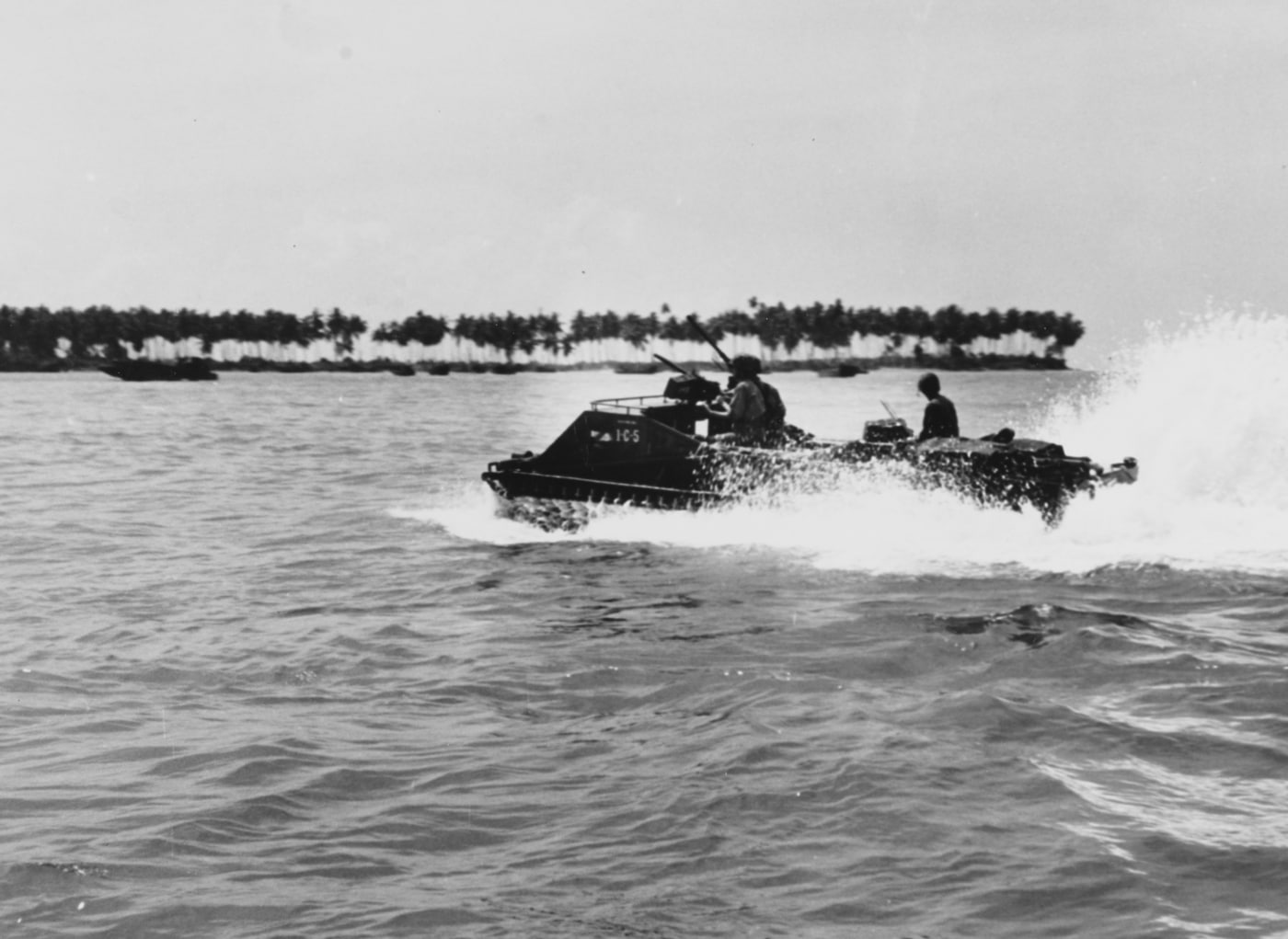
A U.S.M.C. LVT-1 churns toward the shore during the Landings at Cape Torokina on the first day of the Bougainville Campaign in November 1943. Image: U.S. Navy
He passed away in 1950.
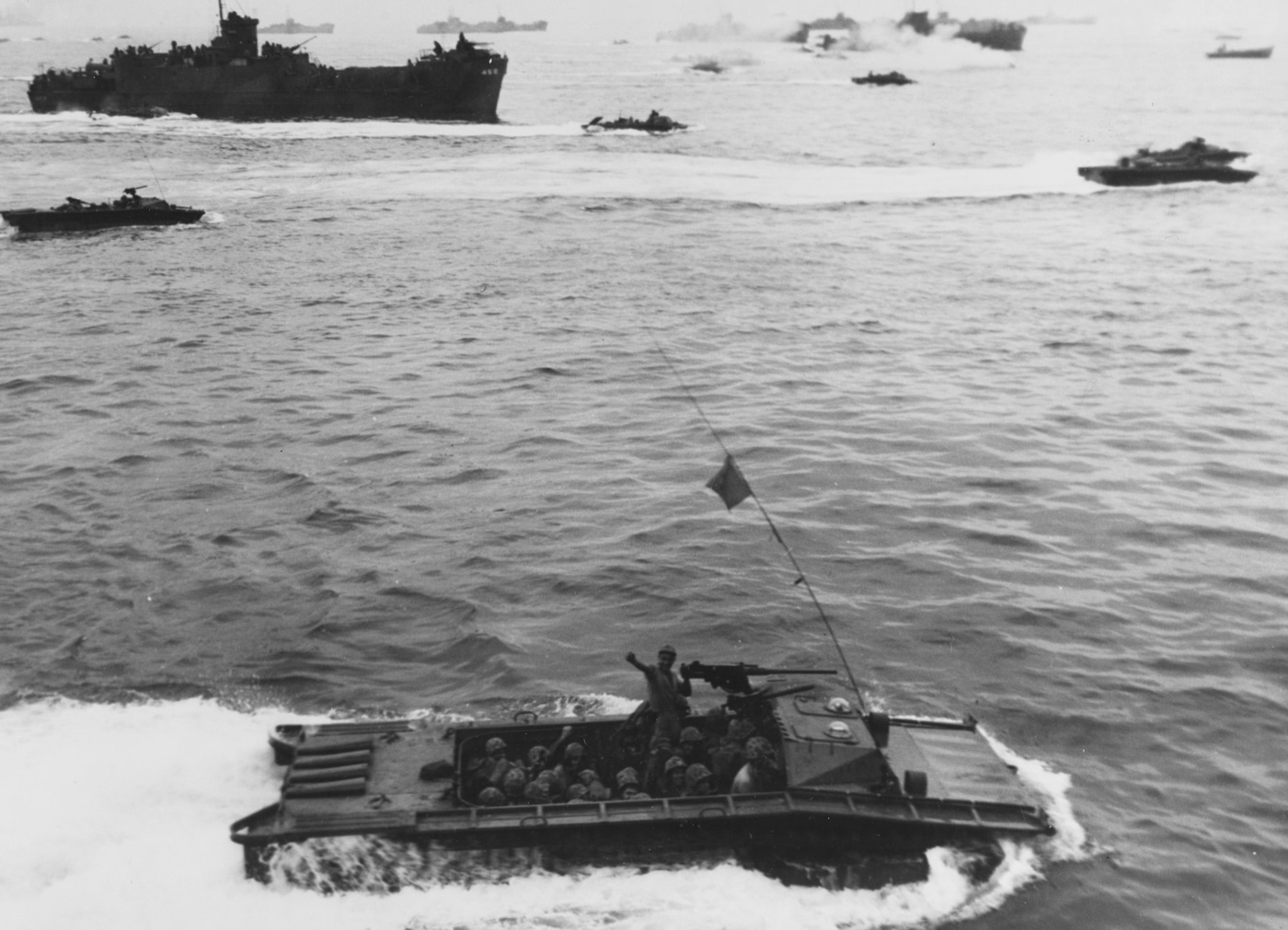
First Division Marines head for the beach in LVT-2 AMTRACs during theBattle of Peleliu. Image: U.S. Navy
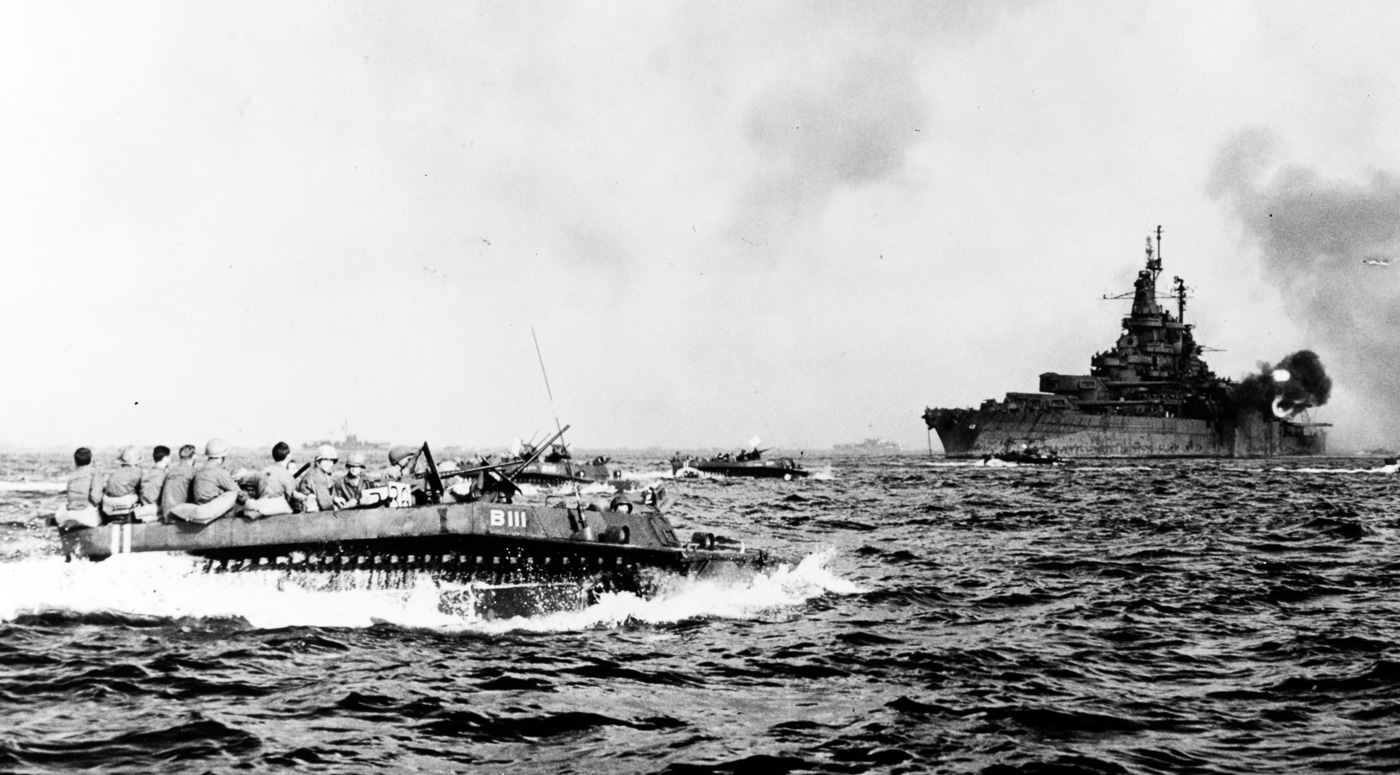
Troop-laden LVT-4 amphibious tractors head for the the beaches during the invasion of Okinawa. In the background, the USS Tennessee (BB-43) fires her 5″ guns at the objective area. Image: U.S. Navy
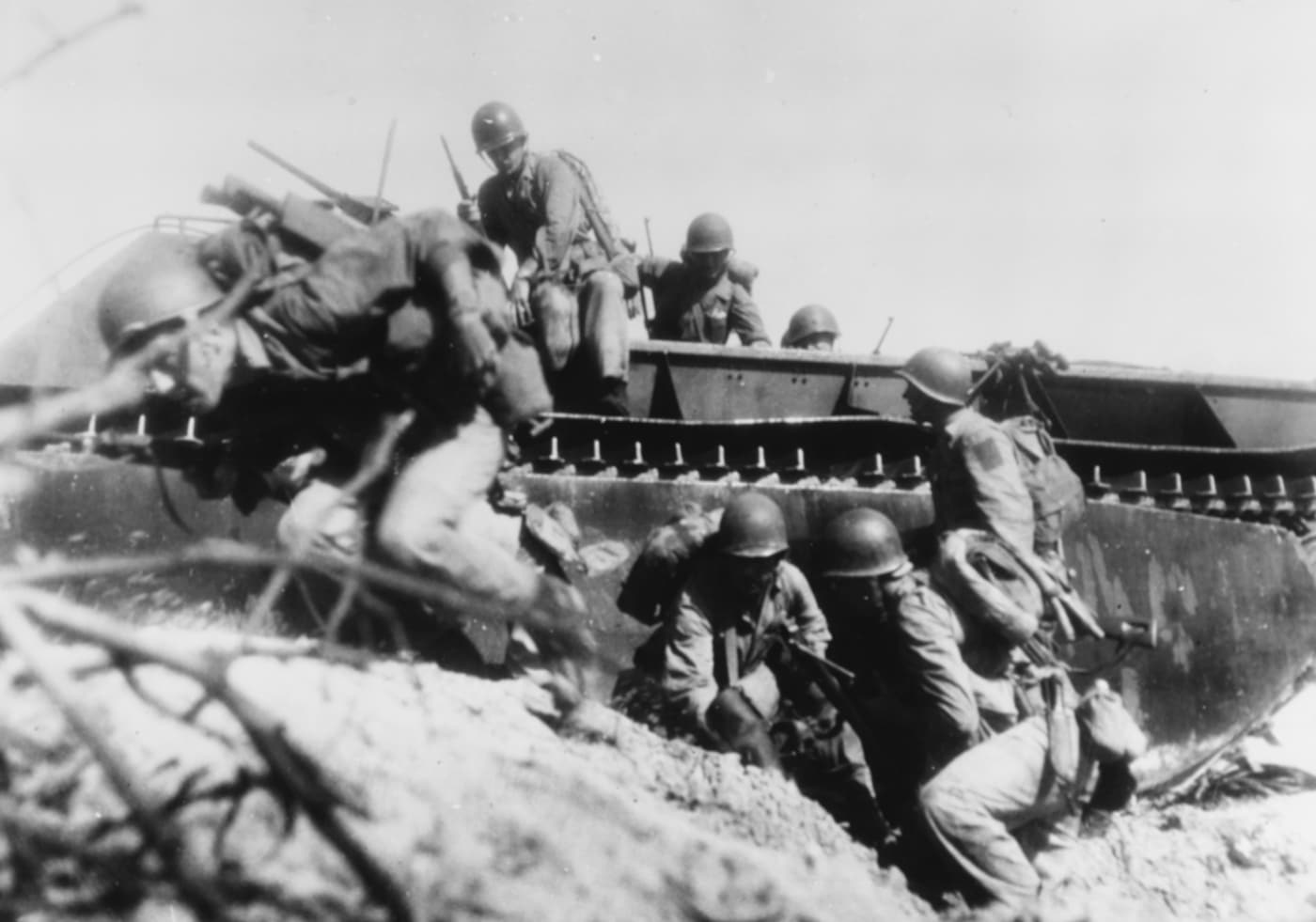
U.S. Marines clamber out of an LVT and take cover on the first day of the Battle of Guam in July 1944. Image: U.S. Navy
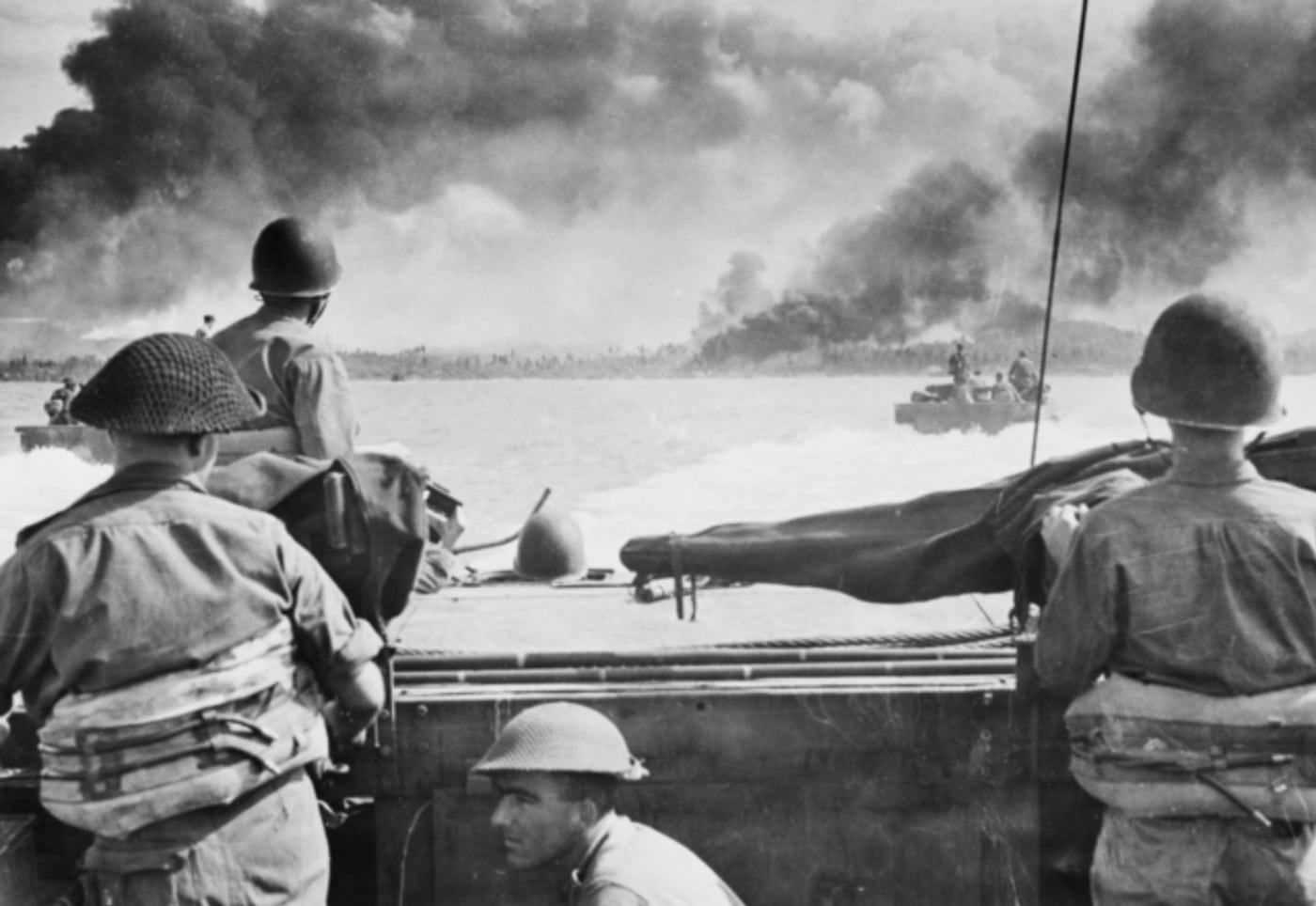
Australian artillerymen in LVTs making for the beach during the Battle of Balikpapan in Indonesia. On shore, smoke from the naval bombardment of enemy positions is rising. Image: AWM
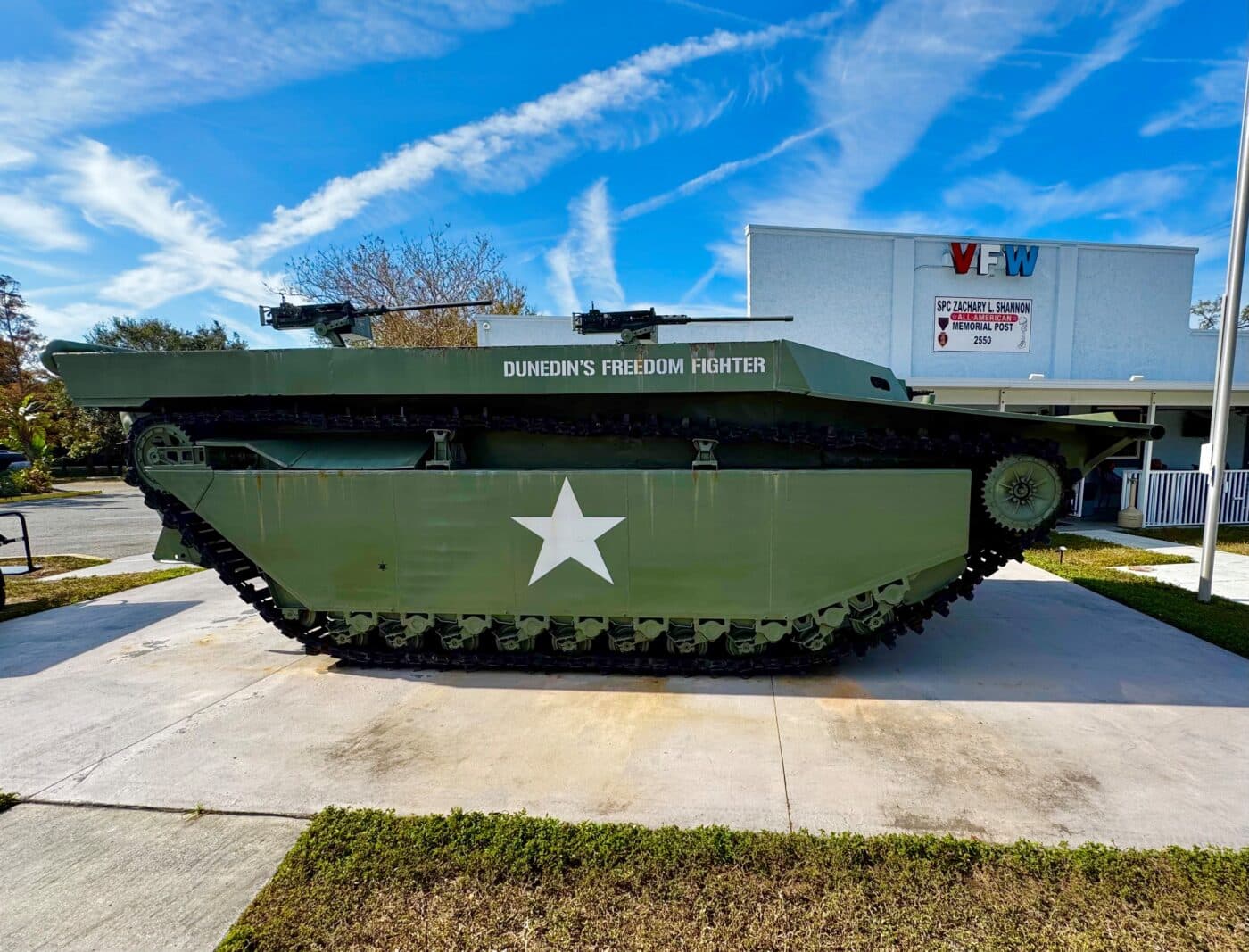
This LVT-4 is preserved at the Veterans of Foreign Wars SPC Zachary L. Shannon Memorial Post 2550 in Dunedin, Florida.




